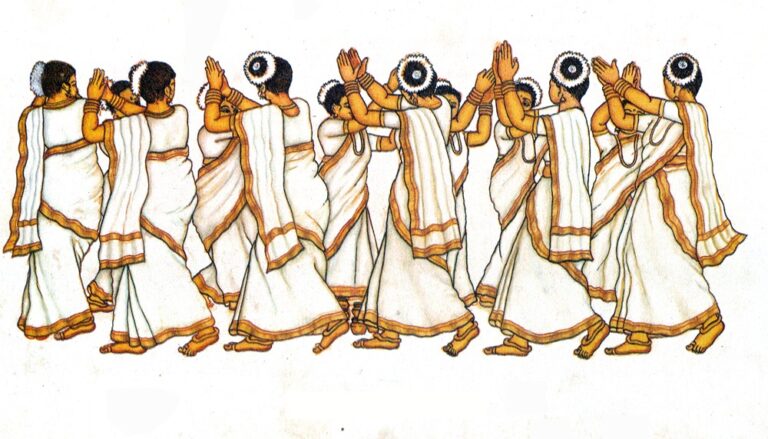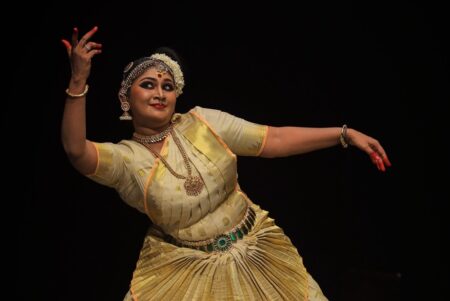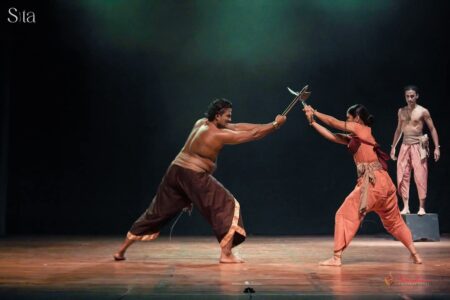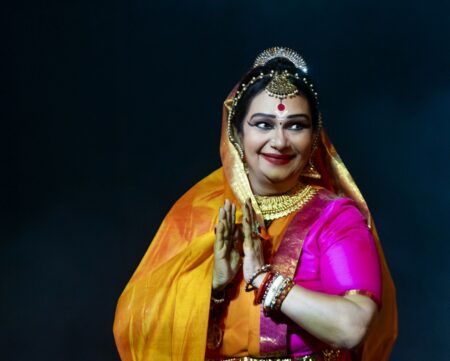In this segment, Nirmala Paniker shares her research on Tiruvathirakali and its links to Mohiniyattam. Both art forms, rooted in Kerala’s culture, highlight the shared traditions of women’s performances shaped by legends, rituals, and spirituality.
Earlier, we spoke about your work on reviving Nangiarkoothu. Tiruvathirakali has also been an important part of your research on Kerala’s female performance traditions. Like Mohiniyattam, Tiruvathirakali is steeped in legends. Could you elaborate on these?
In Kerala, several group folk dances are performed exclusively by women, with Tiruvathirakali being a prominent example. Known also as Kaikottikali, this dance form has ancient roots and is performed in small groups on special occasions. It carries semi-religious significance, functioning as a ritual to ensure a harmonious and happy marital life.
One legend about Tiruvathirakali traces its origin to the story of Parvati, who undertakes severe penance to win Shiva as her husband. Impressed by her devotion, Shiva appears on the day of the Tiruvathira star in the month of Dhanu and promises to marry her. To commemorate this, married women perform Tiruvathirakali to sustain happiness in their marriages, while unmarried women participate to seek suitable husbands and a blissful married life.
Another legend centres around Shiva’s meditation. To awaken Shiva’s love for Parvati, Kamadeva (Cupid) shoots his arrows at him. Enraged, Shiva opens his third eye, burning Kamadeva to ashes. His grieving wife, Rati, is comforted by Parvati, who assures her that Kamadeva will be revived and reunited with her. This blessing, given on Tiruvathira day, inspired women to celebrate the occasion by performing Tiruvathirakali.
There are also other legends associated with the origins of this dance, further enriching its cultural and spiritual significance.
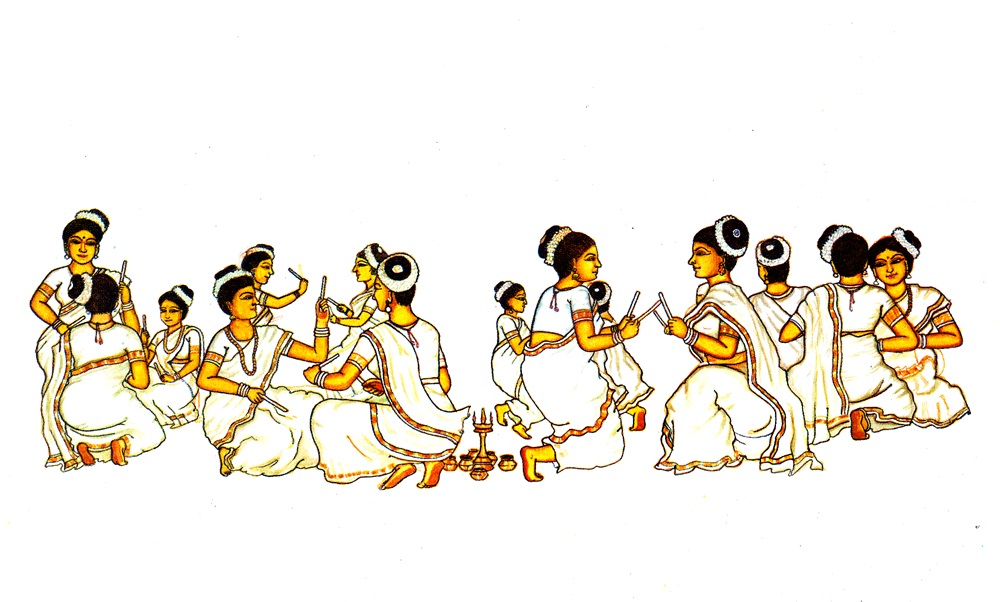
The dance of Tiruvathira is an integral part of the Tiruvathira festival, a celebration deeply rooted in Kerala’s cultural and spiritual traditions, especially among women. Could you elaborate on the specific rituals and customs associated with this festival?
In certain parts of Kerala, the Tiruvathira festival is celebrated over eleven days, beginning on the day of the Tiruvonam star in the month of Dhanu and culminating on the Tiruvathira star day. During this period, the dance of Tiruvathirakali is performed daily. Historically, in South Kerala, the festival extended for twenty-eight days and was known as the Tiruvathira festival.
On the day before Tiruvathira, known as Makayiram, women prepare and consume a special dish called Ettangnati, made from eight ingredients: small yam, big yam, climbing yam, unripe plantain, a type of root, beans, sugarcane, and honey. While the ingredients vary slightly in some regions, this tradition, accompanied by drinking tender coconut water and chewing betel nut, continues even today.
On the morning of Tiruvathira, women wake early, bathe, and adorn their foreheads with sandalwood paste. They eat a light meal of baked banana and tender coconut water before beginning a day-long fast, avoiding all rice-based foods.
What are the key rituals of the Tiruvathira day, and how does it culminate?
A central ritual involves the collection of ten sacred flowers, known as dashapushpa, which are placed at the entrance of the house. The highlight of the day is the performance of Tiruvathirakali, which begins at dusk. Women gather to dance in a devotional atmosphere, singing traditional songs.
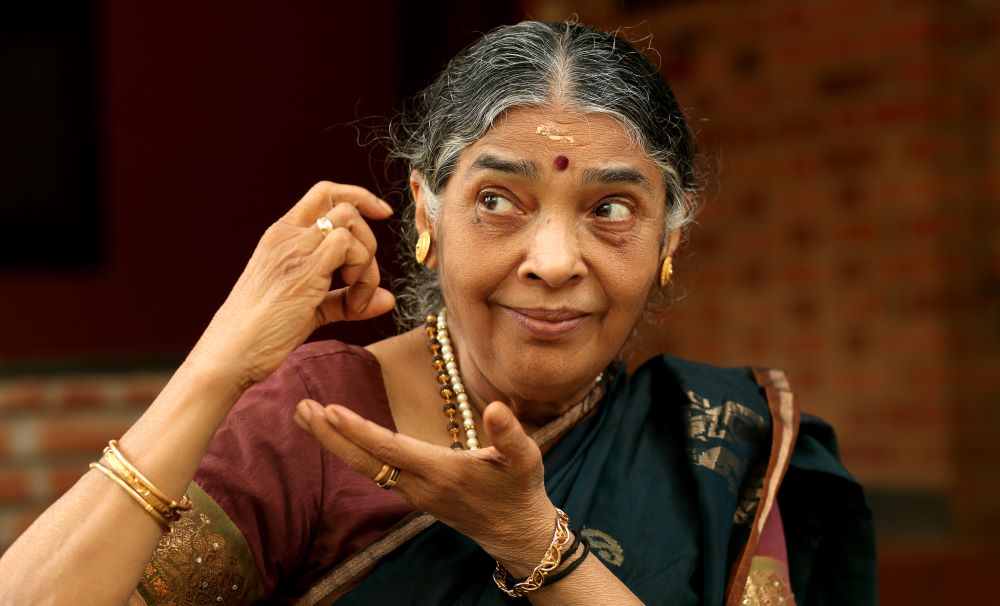
As midnight approaches and the Tiruvathira star sets, the women sing devotional hymns and ceremoniously bring the dashapushpa flowers into the house, accompanied by a traditional lamp and other auspicious items. They then wear the flowers on their heads in a ritual called pathirapoochoodal, or the midnight flower ceremony. The day concludes with the singing of the Parvatiswayamvaram song, which narrates the divine union of Parvati and Shiva, as the women continue their Tiruvathirakali dance. This sequence of rituals underscores the festival’s profound cultural and spiritual resonance.

